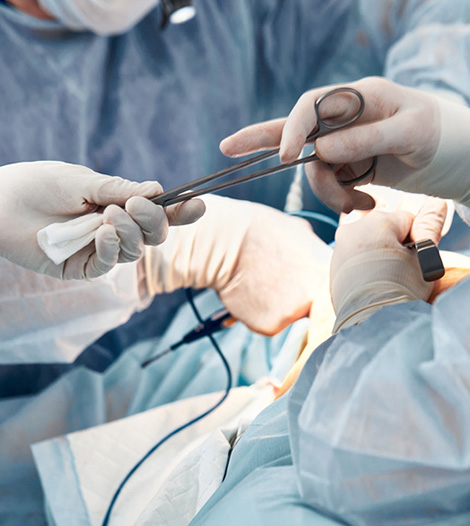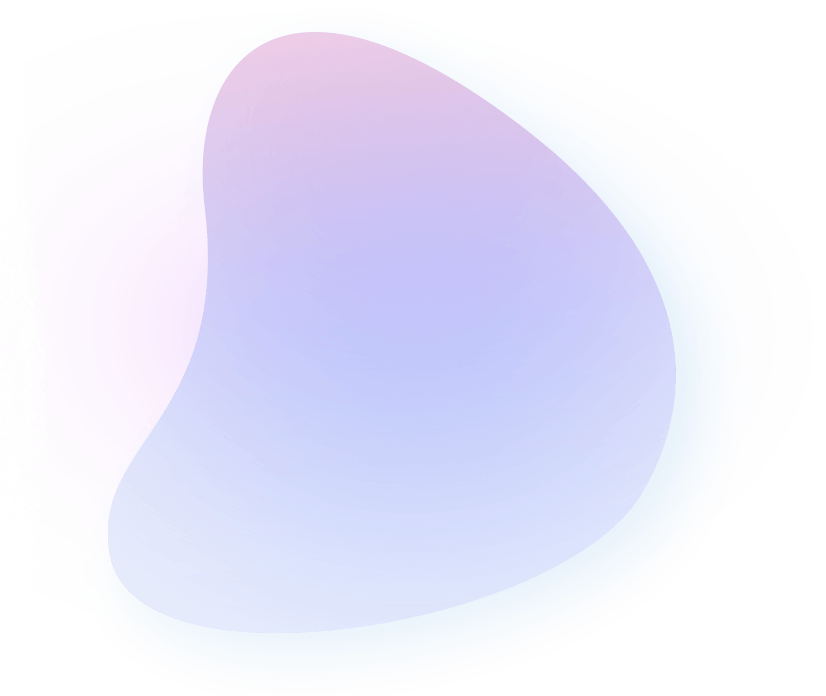Procedures
Haemoclip Application In GI Bleed
- Haemoclips are mechanical devices used to approximate two sides of a vessel to immediately, definitively, and securely occlude and arrest bleeding. On opening, the haemoclip is typically 11–12 mm wide from jaw to jaw.
- Haemoclips are best deployed enface rather than tangentially. Haemoclip need to be placed at the correct angle and precise spot. Missing a target, even slightly, can render a haemoclip ineffective
- At least two haemoclips are generally placed to clamp an actively bleeding artery in an ulcer. Haemoclips are relatively inefficacious for arteries that are larger than 2 mm wide. Haemoclips generally fall off 10–14 days after deployment—after the lesion has partly healed and when the lesion is unlikely to rebleed
- The placement of these clips rarely produces complications other than failed efficacy. Haemoclips are less successful for the treatment of fibrotic lesions such as chronic ulcers
- Hemoclips and thermocoagulation or electrocoagulations are equally efficacious in achieving long term haemostasis.


Patient preparation for the procedure
Preparation for haemocliping is fasting for 4-6 hours similar to performing a regular esophagogastroduodenoscopy (EGD). An intravenous line is placed to deliver sedation or other medications.

Dr. Kunal Das
Book an Appointment
Ready to take the first step towards better digestive health?
Schedule your appointment with Dr. Kunal Das today. With convenient booking options, personalized consultations, and compassionate care, we’re here to support you on your journey to optimal wellness.

